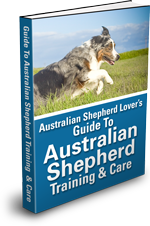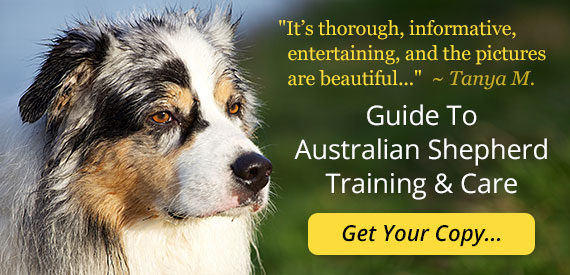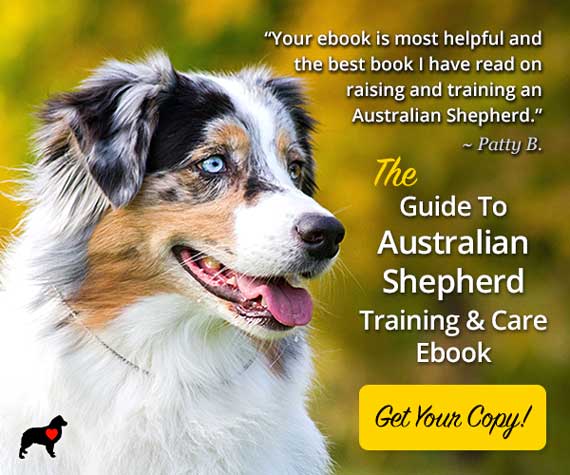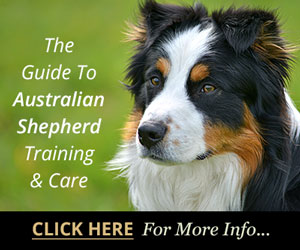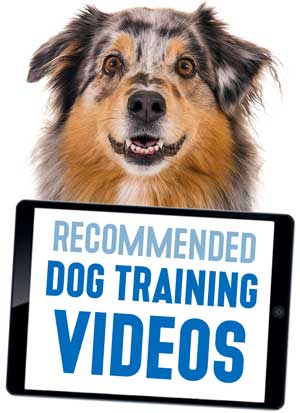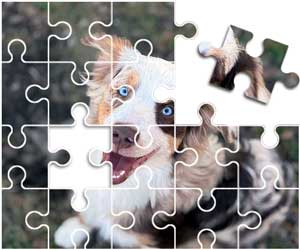
Facts About Dog Hip Dysplasia
Dog hip dysplasia is one of the most common conditions that veterinarians see. It is a skeletal disease that is most prominent in large and giant breeds but can occur in any breed including Australian Shepherds. It is not gender specific and it is more often than not caused by a combination of genetic and environmental factors. It can be a painful condition but once diagnosed there are several forms of treatment.
As with humans, a dog's hip joint is comprised of a ball and socket. In canine hip dysplasia the joint is malformed so that the ball and socket don't meet properly. The result is bone rubbing or grinding against bone rather than a joint that moves smoothly. This constant grinding can cause a good deal of pain and result in the dog changing its normal walking pattern as it shifts its weight to the front legs.
Larger breeds like the Great Dane, Saint Bernard, Labrador Retriever and German Shepherd have a genetic predisposition for dog hip dysplasia, but it is also possible for smaller breeds to develop the condition. Normally, hip dysplasia first manifests when the dog is young and the bones are still growing but there are also cases where it begins later in life, due to the onset of osteoarthritis from repeated stress on the joints. This is particularly true for more athletic and working breeds like the Australian Shepherd.
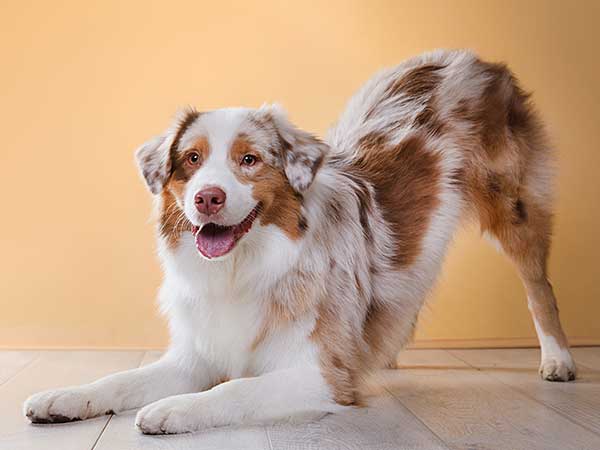
annaav / stock.adobe.com
Be aware of the signs of canine hip dysplasia and consult your vet if you have any concerns.
The most common symptoms of canine hip dysplasia include decreased activity, difficulty getting up, reluctance to run, jump or climb, lameness of the hind legs and/or a swaying gait and enlargement of the shoulder muscles as more weight is exerted on the front legs. The joints will also be painful and there may be limited range of motion and detectable grating during movement.
While dog hip dysplasia is most often genetic in nature there can be other causes as well, including rapid weight gain or obesity and other nutritional factors. If your dog is having difficulty getting around or you suspect that he may have hip dysplasia it is vital that you get him to your veterinarian for a proper diagnosis. Hip dysplasia is a serious condition and not one that you should attempt to diagnose and treat on your own.
Treating Dog Hip Dysplasia
Your veterinarian will need to run a series of tests to determine the exact cause of your dog's symptoms. X-rays are critical in identifying canine hip dysplasia or pinpointing another underlying cause for the symptoms. Blood tests will also be necessary in order to determine the presence of inflammation due to degenerative arthritis.
Once a diagnosis has been made, there are several choices for treatment of dog hip dysplasia. In less severe cases, outpatient treatment that combines physiotherapy and weight control may be all that is needed. Swimming is one of the most highly recommended forms of physiotherapy as it allows working of the joints without putting a lot of stress on them. In more advanced cases, surgery may be required. This can either entail rotating the socket in young dogs whose bones are still developing, fusing the bone or complete hip replacement.
Your vet will be able to advise you as to the best course of treatment for your pet and will want to do careful follow-up care. With the proper diagnosis and treatment it is possible for a dog with canine hip dysplasia to live a perfectly normal, pain-free life. The key is getting him to the vet and starting the treatment cycle as soon as possible.
Have Dog Training Questions?
Check out these introductory dog training videos...
I want my dog to stop being aggressive.
I want some help training my new puppy.
I want my dog to stop barking at everything.
Get Australian Shepherd Info, Website Updates, Special Offers, and Cartoons...
FREE GIFT
You'll also receive a free copy of the ebook
My Everyday Dog Training Tools
by professional dog trainer Daniel Abdelnoor, "Doggy Dan"
